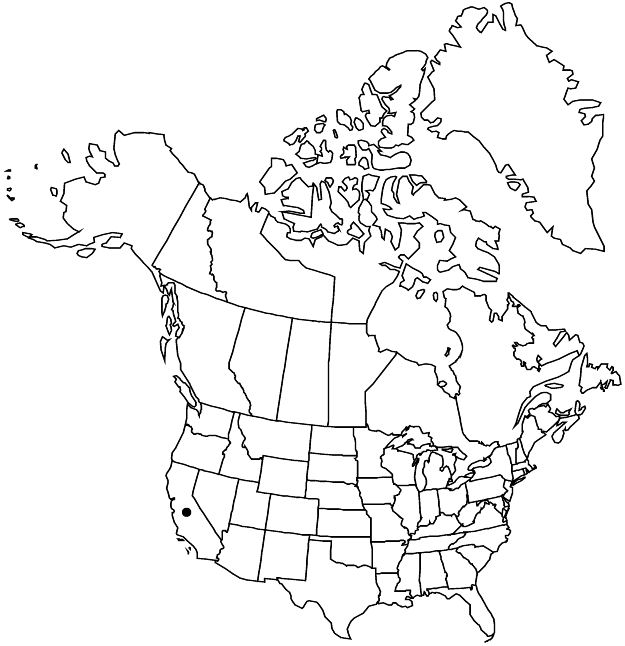Difference between revisions of "Sidalcea hirsuta"
Smithsonian Contr. Knowl. 3(5): 16. 1852.
FNA>Volume Importer |
imported>Volume Importer |
||
| (One intermediate revision by the same user not shown) | |||
| Line 51: | Line 51: | ||
|publication year=1852 | |publication year=1852 | ||
|special status=Endemic | |special status=Endemic | ||
| − | |source xml=https:// | + | |source xml=https://bitbucket.org/aafc-mbb/fna-data-curation/src/2e0870ddd59836b60bcf96646a41e87ea5a5943a/coarse_grained_fna_xml/V6/V6_613.xml |
|subfamily=Malvaceae subfam. Malvoideae | |subfamily=Malvaceae subfam. Malvoideae | ||
|genus=Sidalcea | |genus=Sidalcea | ||
Latest revision as of 22:22, 5 November 2020
Herbs, annual, (0.1–)0.3–0.8 m, not glaucous, with taproot. Stems single, erect, usually branched distally with erect branches, solid, not glaucous, proximally glabrate, distally usually softly, densely bristly-hirsute, rarely glabrescent. Leaves cauline; stipules inconspicuous or deciduous, purplish, lanceolate to subulate, 3–12 × 1–2 mm; petiole 2–7 cm, longest on proximal leaves and gradually reduced distally, proximalmost to 3 times as long as blade, reduced distally to 1/2 times or as long as blade; blades: proximalmost early-deciduous, orbiculate, unlobed, 1–2.5 × 1–2.5 cm, base cordate, margins crenate, surfaces ± bristly, distal deeply palmately 5–7(–9)-lobed to base, 3–8 × 3–8 cm, lobes linear, margins entire, apex acute, surfaces: abaxially younger blades hirsute, older glabrous except on veins. Inflorescences erect, spiciform, dense, calyces usually overlapping, ca. 20–30-flowered, proximalmost 1 or 2 flowers in leaf axils, not elongate, not 1-sided, 2–5 cm, to 20 cm in fruit; bracts inconspicuous or deciduous, often purplish, linear, 4–8 × to 2 mm, slightly longer than pedicels, usually 2-fid, sometimes undivided. Pedicels 2–3 mm; involucellar bractlets absent. Flowers bisexual, less often unisexual and pistillate and plants gynodioecious; calyx 8–10 mm, to 10–13 mm in fruit, prominently tawny-hirsute and densely stellate-canescent; petals pale pink to dark rose-pink or rose-purple, often with paler veins, 13–25 mm; stamens: filaments connate to apex, funnel-like, with rim to which unstalked anthers attach; staminal column 6–7 mm, hairy; anthers white; stigmas 5 or 6. Schizocarps 8–9 mm diam.; mericarps 5 or 6, 3–4 mm, back and sides reticulate-veined and pitted, wrinkled, ± stellate-puberulent, mucro 1 mm. Seeds 1.5–2 mm.
Phenology: Flowering Apr–May(–Jun).
Habitat: Vernally wet places: pools, ditches, grasslands
Elevation: 20–1000 m
Discussion
Sidalcea hirsuta is widespread but local in central and northern California, at least from Merced to southern Shasta counties and is sometimes locally common. The dense, terminal, spiciform inflorescences combined with the relatively small bracts and distally hirsute stems are distinctive; the lack of stalked anthers also helps to distinguish it from S. hartwegii.
Selected References
None.
